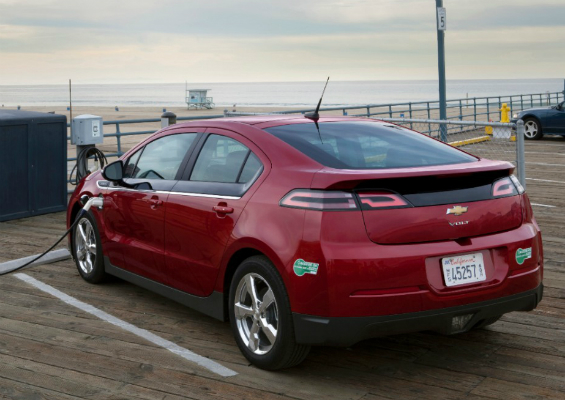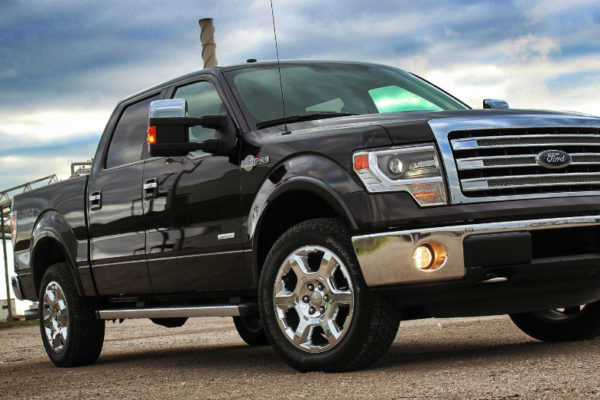
EV Supercars: Waste Less; Drive Faster
When you drive a car that’s powered by an internal combustion engine you actually lose nearly two-thirds of the energy from the car as it ends up being wasted in heat in the form of exhaust and through the cooling system. This doesn’t sound efficient at all as only one-third of the energy from the engine is turned into power that is used by the car to propel it down the road or track to where you want to go. It’sno wonder that an incredible increase in horsepower only results in a few seconds of speed around some of the most popular tracks around the world.
With that in mind, there might be a way that a car can be more efficient and offer a stronger performance on the road for you. An EV model has fewer moving parts and is able to avoid the need for the large and heavy systems that are needed in a gasoline-powered engine. In theory, it’s easy for you to think that an EV supercar such as the NIO EP9 would be able to become the first vehicle to reach 300 mph as a production model, but there might be some challenges to this possibility.
The Needs of an EV Supercar
While you might think an EV supercar will have more of a chance at reaching the speeds desired which, in this case, is 300 mph, the fact is this type of car still needs a cooling system. These systems aren’t as troublesome as the ones that are found in a gasoline-powered vehicle but the electric components still need to be cooled to make sure they can operate at a temperature that will make sense and allow the vehicle to reach the desired speeds.
Another aspect of the drive that has to be considered is the drag and aerodynamics of a vehicle. With a gasoline-powered model, you need more air to pass through the vehicle to cool the engine and make sure you can keep all the components as cool as possible. Thankfully, with an EV model, you won’t have to deal with as much aerodynamics and the changes in the temperatures needed for the engine or motor to work properly. The EV model operates at a lower temperature, making it more efficient, but the fact it’s it can be difficult for the vehicle to have the cooling needed.
For now, it appears the gasoline-powered models, while less efficient, have the most opportunity to reach this top speed of 300 mph or more from a production model. That means we may have a car reach that mark sooner rather than later, but as EV models are developed there will likely be some of these cars that can reach this impressive speed. All EV models do have some form of computerized speed limiters and programming to keep the vehicles under some form of control when on the road or at the track. Which model will reach 300 mph first? That’s something we’re going to learn going forward, but as you can see, the EV models are more efficient and can transfer the energy into power in a way that’s much better than what the gasoline-powered models can do.
This post may contain affiliate links. Meaning a commission is given should you decide to make a purchase through these links, at no cost to you. All products shown are researched and tested to give an accurate review for you.




